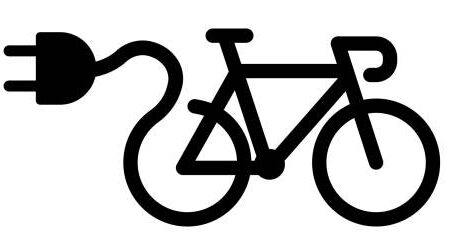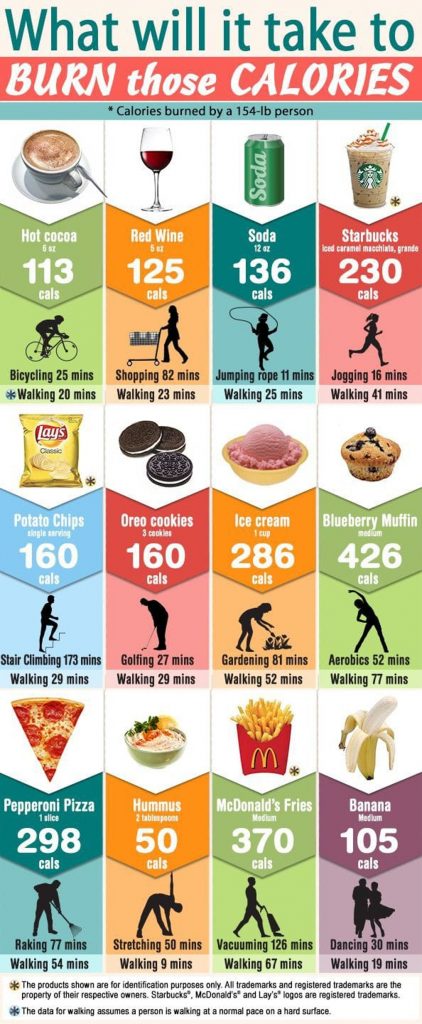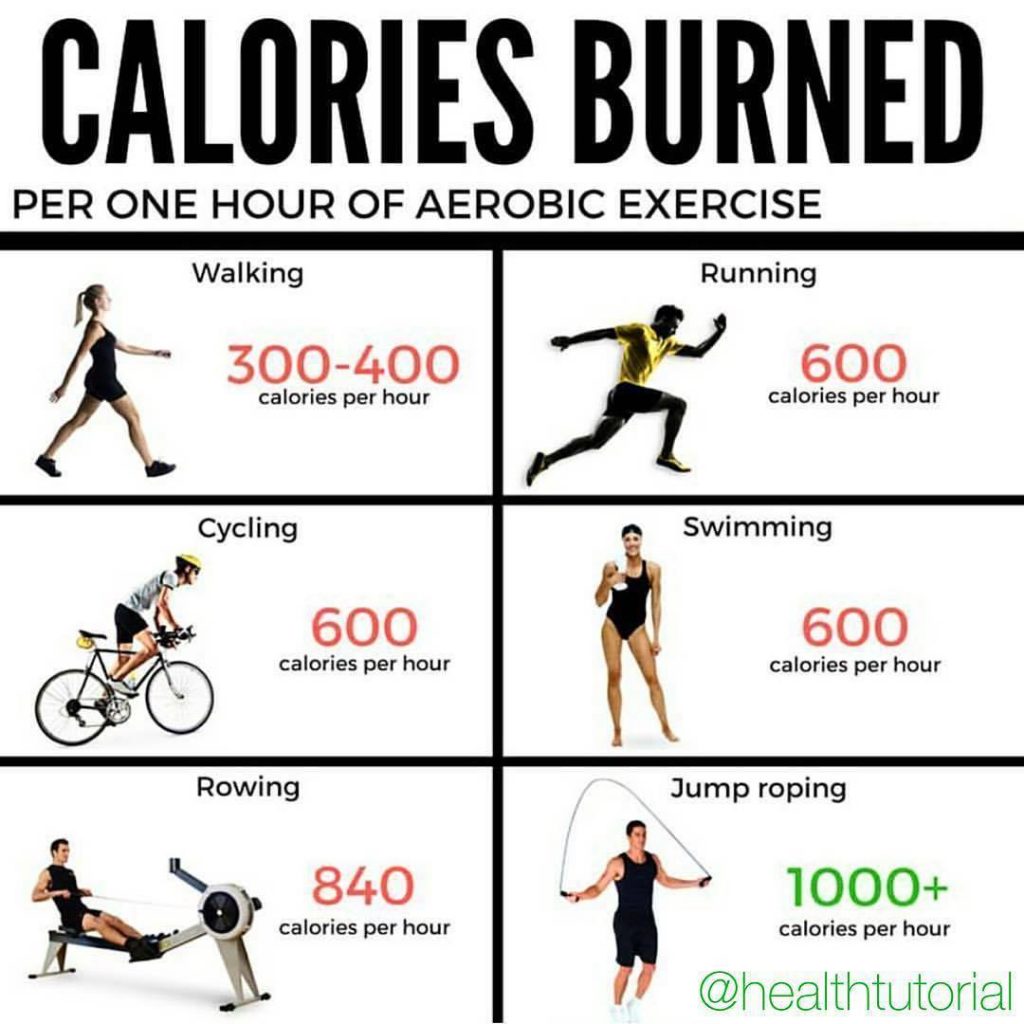Unlock the Calorie-Burning Potential of Biking
Biking is a low-impact, high-reward form of exercise that offers numerous benefits for weight loss and overall health. As a cardiovascular exercise, biking improves heart health, increases lung function, and boosts endurance. Moreover, biking is a low-impact activity, making it an ideal option for individuals with joint issues or chronic pain. When it comes to weight loss, understanding how many calories are burned during a typical biking session is crucial. This knowledge enables individuals to tailor their workout routine, set realistic goals, and monitor progress. The question on every biker’s mind is: how many calories does one hour of biking burn? The answer lies in a combination of factors, including intensity, duration, weight, and terrain.
For instance, a 154-pound person biking at a moderate intensity of 10-12 miles per hour can burn approximately 400-600 calories per hour. However, this number can vary significantly depending on individual factors, such as fitness level, terrain, and biking technique. To maximize calorie burn, it’s essential to incorporate interval training, hill sprints, and strength training exercises into your biking routine. By understanding the calorie-burning potential of biking and incorporating innovative techniques, individuals can unlock the full potential of this exercise and achieve their weight loss goals.
Furthermore, biking offers a unique advantage over other forms of exercise: it’s a low-cost, accessible activity that can be done almost anywhere. Whether you prefer stationary biking, outdoor cycling, or a combination of both, biking provides a versatile and enjoyable way to stay active and healthy. As you embark on your biking journey, remember that understanding how many calories are burned during each session is key to achieving your weight loss goals. By tracking your progress, incorporating innovative techniques, and staying committed, you can unlock the calorie-burning potential of biking and achieve a healthier, happier you.
How to Calculate Calorie Burn: Factors Affecting Your Biking Workout
When it comes to understanding how many calories are burned during a biking workout, several factors come into play. These factors can significantly impact the number of calories burned, making it essential to consider them when estimating calorie burn. The main factors affecting calorie burn during biking include intensity, duration, weight, and terrain.
Intensity is a critical factor in determining calorie burn. A higher intensity workout will burn more calories than a lower intensity one. To estimate calorie burn based on intensity, you can use online calculators or wearable fitness trackers that measure heart rate, distance, and speed. For example, a study published in the Journal of Sports Sciences found that high-intensity interval training (HIIT) can burn up to 25% more calories than steady-state cardio.
Duration is another crucial factor in determining calorie burn. The longer you bike, the more calories you’ll burn. However, it’s essential to note that calorie burn plateaus after a certain point. According to the Compendium of Physical Activities, biking at a moderate intensity of 10-12 miles per hour can burn approximately 400-600 calories per hour for a 154-pound person.
Weight is also a significant factor in determining calorie burn. The more you weigh, the more calories you’ll burn during a biking workout. This is because your body needs to work harder to move a heavier load. However, it’s essential to note that this doesn’t mean that heavier individuals will always burn more calories than lighter ones. Other factors, such as fitness level and biking technique, also play a role.
Terrain is the final factor affecting calorie burn during biking. Riding uphill or on uneven terrain can increase calorie burn due to the increased resistance. Conversely, riding on flat terrain or downhill can decrease calorie burn. To estimate calorie burn based on terrain, you can use online calculators or wearable fitness trackers that measure elevation gain and loss.
By considering these factors, you can estimate your calorie burn during a biking workout and adjust your routine accordingly. Remember, understanding how many calories are burned during biking is crucial for effective weight loss. By incorporating innovative techniques and tracking your progress, you can maximize your calorie burn and achieve your weight loss goals.
The Calorie-Burning Power of One Hour of Biking: What to Expect
So, how many calories does one hour of biking burn? According to the Compendium of Physical Activities, a 154-pound person biking at a moderate intensity of 10-12 miles per hour can burn approximately 400-600 calories per hour. However, this number can vary significantly depending on individual factors such as fitness level, terrain, and biking technique.
A study published in the Journal of Sports Sciences found that the calorie burn during biking can range from 300 to 800 calories per hour, depending on the intensity and duration of the workout. Another study published in the International Journal of Sports Nutrition and Exercise Metabolism found that high-intensity interval training (HIIT) can burn up to 25% more calories than steady-state cardio.
It’s essential to note that these estimates are based on average values and can vary depending on individual factors. For example, a person who is new to biking may burn more calories than an experienced cyclist due to the increased energy expenditure required to maintain a steady pace. Additionally, factors such as wind resistance, terrain, and bike efficiency can also impact calorie burn.
To give you a better idea of the calorie-burning potential of biking, here are some approximate calorie burn estimates for different types of biking workouts:
- Leisurely biking (5-6 miles per hour): 200-300 calories per hour
- Moderate-intensity biking (10-12 miles per hour): 400-600 calories per hour
- High-intensity biking (15-20 miles per hour): 800-1000 calories per hour
Keep in mind that these estimates are approximate and can vary depending on individual factors. The best way to determine your calorie burn during biking is to use a wearable fitness tracker or mobile app that tracks your energy expenditure.
Maximizing Your Calorie Burn: Tips for a More Effective Biking Workout
To maximize your calorie burn during biking, it’s essential to incorporate interval training, hill sprints, and strength training exercises into your workout routine. Interval training involves alternating between high-intensity and low-intensity periods, which can help increase your calorie burn and improve cardiovascular fitness.
For example, you can try the following interval training workout:
- Warm up with 5-10 minutes of light cardio
- Sprint at maximum intensity for 30 seconds
- Recover at low intensity for 30 seconds
- Repeat for 20-30 minutes
- Cool down with 5-10 minutes of stretching
Hill sprints are another effective way to increase your calorie burn during biking. Find a steep hill and sprint up the hill at maximum intensity for 30-60 seconds. Then, recover by walking or jogging back down the hill. Repeat for 20-30 minutes.
Strength training exercises can also help increase your calorie burn during biking. Focus on exercises that target your legs, core, and upper body, such as squats, lunges, deadlifts, and bench press. Aim to do 2-3 sets of 8-12 reps for each exercise.
In addition to these tips, there are several other ways to maximize your calorie burn during biking. These include:
- Incorporating high-intensity interval training (HIIT) into your workout routine
- Using a stationary bike or spin bike to increase resistance and calorie burn
- Adding weights or resistance bands to your bike to increase calorie burn
- Incorporating hill repeats and sprints into your workout routine
By incorporating these tips into your biking workout routine, you can maximize your calorie burn and achieve your weight loss goals.
The Role of Intensity in Calorie Burn: How to Measure and Increase Your Effort
Intensity is a critical factor in determining calorie burn during biking. The more intense your workout, the more calories you’ll burn. But how do you measure intensity, and how can you increase it to maximize your calorie burn?
One way to measure intensity is by using a heart rate monitor. This device tracks your heart rate in real-time, allowing you to adjust your intensity accordingly. For example, if you’re aiming for a moderate-intensity workout, you can set your heart rate monitor to alert you when you reach a certain heart rate zone.
Another way to measure intensity is by using a perceived exertion scale (RPE). This scale rates your intensity level from 1-10, with 1 being very light and 10 being extremely hard. By using an RPE scale, you can adjust your intensity based on how you feel, rather than relying on a heart rate monitor.
So, how can you increase your intensity to maximize your calorie burn? Here are some tips:
- Incorporate high-intensity interval training (HIIT) into your workout routine. This involves short bursts of high-intensity exercise followed by brief periods of rest.
- Use a stationary bike or spin bike to increase resistance and calorie burn.
- Add weights or resistance bands to your bike to increase calorie burn.
- Incorporate hill repeats and sprints into your workout routine.
- Use a heart rate monitor or RPE scale to track your intensity and adjust your workout accordingly.
By incorporating these tips into your biking workout routine, you can increase your intensity and maximize your calorie burn. Remember, the key to effective weight loss is to combine regular exercise with a healthy diet and lifestyle.
Comparing Calorie Burn: Stationary Bike vs. Outdoor Cycling
When it comes to biking for weight loss, there are two main options: stationary biking and outdoor cycling. Both types of biking have their own advantages and disadvantages, and the calorie-burning potential of each can vary significantly.
Stationary biking, also known as spin biking or indoor cycling, is a great way to burn calories in the comfort of your own home. Stationary bikes are designed to simulate the experience of outdoor cycling, but with the added benefit of being able to control the resistance and intensity of your workout. According to the Compendium of Physical Activities, a 154-pound person can burn approximately 400-600 calories per hour on a stationary bike at moderate intensity.
Outdoor cycling, on the other hand, offers a more varied and dynamic workout experience. Outdoor cycling allows you to ride on different terrain, including hills, mountains, and flat roads, which can increase the calorie-burning potential of your workout. Additionally, outdoor cycling provides a more immersive experience, with the added benefit of fresh air and scenic views. According to the Compendium of Physical Activities, a 154-pound person can burn approximately 600-800 calories per hour on an outdoor bike ride at moderate intensity.
So, which type of biking is better for weight loss? The answer depends on your personal preferences and goals. If you prefer the convenience and comfort of working out at home, stationary biking may be the better option. However, if you enjoy the outdoors and want to mix up your workout routine, outdoor cycling may be the way to go.
Ultimately, the key to successful weight loss is to find a workout routine that you enjoy and can stick to in the long term. Whether you choose stationary biking or outdoor cycling, the most important thing is to find a routine that works for you and helps you reach your weight loss goals.
Monitoring Your Progress: How to Track Calorie Burn and Weight Loss
Tracking your progress is a crucial aspect of any weight loss program, including biking. By monitoring your calorie burn and weight loss, you can adjust your workout routine and diet to ensure you’re meeting your goals.
There are several ways to track your progress, including:
- Wearable fitness trackers: These devices can track your calorie burn, distance, and heart rate in real-time.
- Mobile apps: Apps like MyFitnessPal and Strava can track your calorie burn, distance, and weight loss, and provide personalized recommendations for improvement.
- Spreadsheets: You can create a spreadsheet to track your calorie burn, distance, and weight loss over time.
When tracking your progress, it’s essential to focus on the following metrics:
- Calorie burn: This is the number of calories you burn during a workout.
- Distance: This is the distance you cover during a workout.
- Weight loss: This is the amount of weight you lose over time.
- Body fat percentage: This is the percentage of body fat you have.
By tracking these metrics, you can adjust your workout routine and diet to ensure you’re meeting your weight loss goals. For example, if you’re not burning enough calories during your workouts, you can increase the intensity or duration of your rides.
Additionally, tracking your progress can help you stay motivated and engaged in your weight loss program. By seeing the progress you’re making, you’ll be more likely to stick to your routine and make healthy lifestyle choices.
Conclusion: Harnessing the Calorie-Burning Power of Biking for Weight Loss
In conclusion, biking is a highly effective form of exercise for weight loss, offering a low-impact and calorie-intensive way to improve cardiovascular health and burn calories. By understanding how many calories are burned during biking and how to maximize calorie burn, individuals can harness the full potential of this exercise for effective weight loss.
As discussed in this article, the number of calories burned during biking can vary depending on several factors, including intensity, duration, weight, and terrain. However, by incorporating interval training, hill sprints, and strength training exercises into a biking workout routine, individuals can increase their calorie burn and achieve their weight loss goals.
Additionally, tracking progress is crucial when using biking as a form of exercise for weight loss. By using wearable fitness trackers, mobile apps, or spreadsheets to monitor calorie burn and weight loss, individuals can adjust their workout routine and diet to ensure they’re meeting their goals.
Overall, biking is a fun and effective way to lose weight and improve overall health. By understanding the calorie-burning potential of biking and how to maximize calorie burn, individuals can achieve their weight loss goals and enjoy the many benefits of this exercise.






